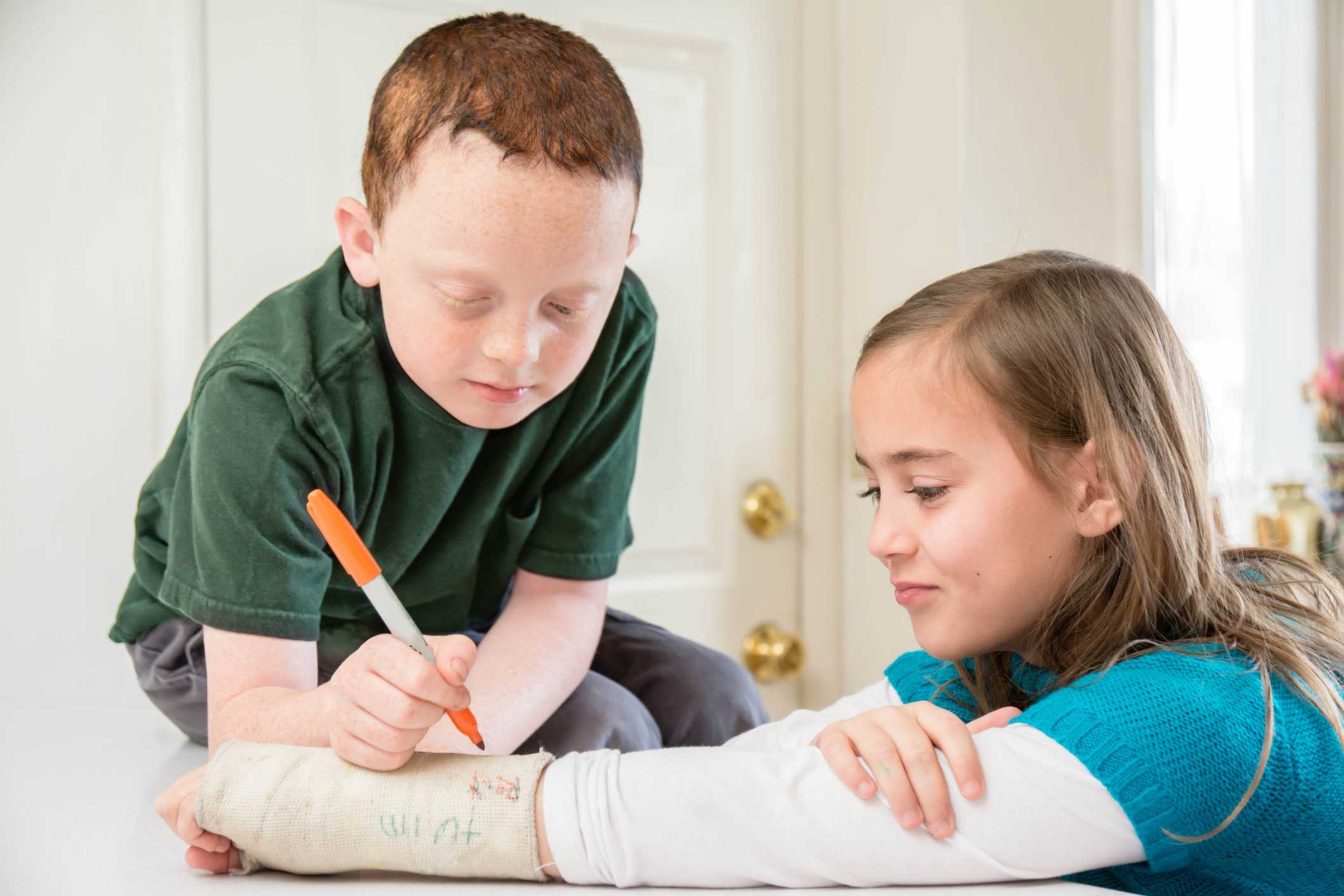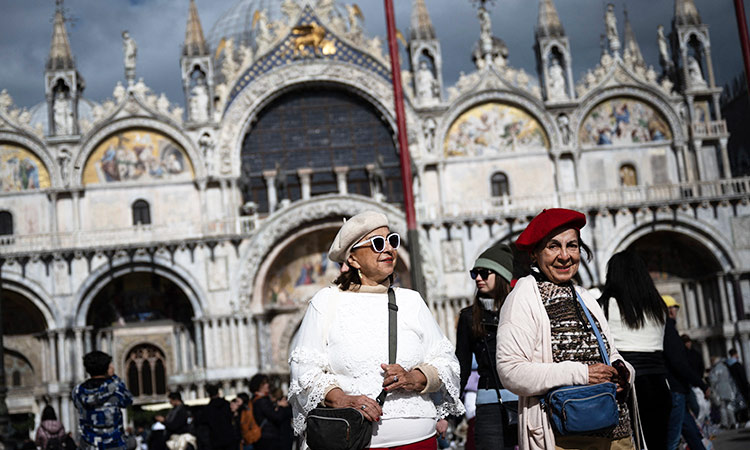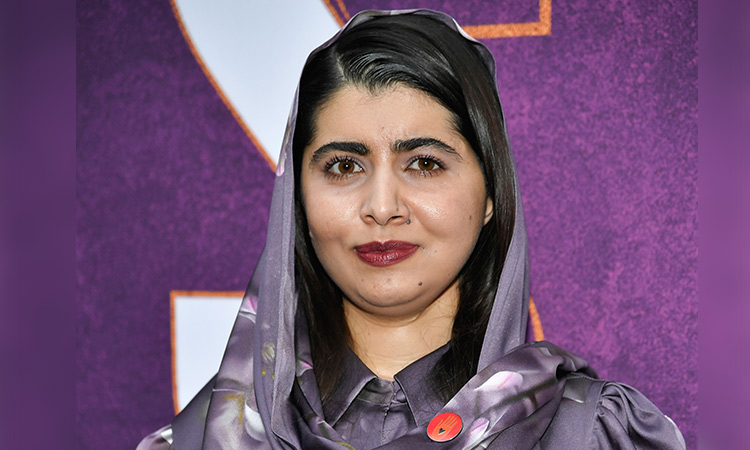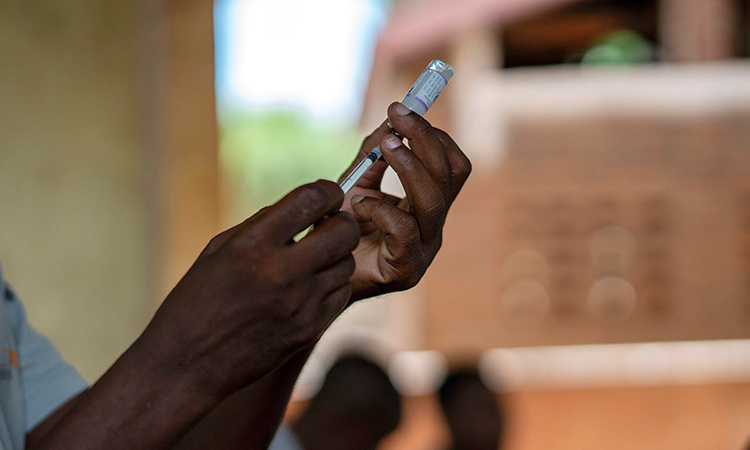Bouncing back after a fracture

About three out of four forearm fractures in children occur at the wrist end of the radius.
by Manjula Ramakrishnan
Broken bones or fractures are common in childhood, with up to 40 per cent of girls and as many as 50 per cent of boys experiencing a fracture.
Dr Arkan Harb Alhuneiti, consultant paediatric orthopaedic & spine surgeon, who specialises in paediatric spine, hip surgery and limb lengthening at Burjeel Hospital for Advanced Surgery (BHAS), says: “Injuries caused by sports and high-intensity physical play are the common factors that lead to a fracture. Basketball, soccer, gymnastics, lacrosse, hockey and football are some of the common sports that can cause injuries with most of them falling under the 5-9 age group.’’
Below is an exclusive interview with Dr Arkan.
What are the common triggers for fractures?
Fractures in children are caused when more force is applied to a bone than the bone can absorb. Breaks in bones can occur from falls, trauma, or as a result of a direct blow or kick to the body. A child’s bone heals faster than an adult’s. However, it is recommended to treat a fracture correctly to make sure children don’t run into problems later.
Which is the most common fracture location in children?
Forearm fractures are the most common in children, responsible for up to 50 per cent of all fractures, and are much more common than leg fractures. Other common fracture locations include the distal radius, elbow, clavicle and tibial shaft. While each child may experience a fracture differently, the most common symptoms are pain and swelling in the injured area, deformity, warmth, bruising or redness in the injured area.
Why are paediatric forearm fractures more common?
The forearm is the part of the arm between the wrist and the elbow. It is made up of two bones: the radius and the ulna. Forearm fractures often occur when children are playing on the playground or participating in sports. Children love to run, hop, skip, jump and tumble. But if a child falls onto an outstretched arm, he or she might break one or both of the bones which may result in a forearm fracture. About three out of four forearm fractures in children occur at the wrist end of the radius. Fractures can occur in one or both bones of the forearm, and in a number of places along the bone.
What symptoms suggest a fracture?
Severe pain, numbness in forearm and hand, any type of deformity around the elbow, forearm or wrist; tenderness, swelling, inability to rotate or turn the forearm are the common symptoms to look out for to identify a fracture.
What are the various types of forearm fractures commonly seen in children?
Torus fracture or the `buckle` fracture where the broken pieces of bone are still in position and have not separated. Metaphyseal fracture which is across the upper or lower portion of the shaft of the bone and does not affect the growth plate. Greenstick fracture extends through a portion of the bone, causing it to bend on the other side. Galeazzi and Monteggia fractures affect both bones of the forearm. Growth plate fracture occurs at or across the growth plate and since this helps determine the future length and shape of the mature bone, it requires prompt attention.
How quick will the healing process be in children?
Fractures in children can heal well if the child is young and doesn’t have a medical history. But, since young bones are fragile and growing, a fracture can cause problems as the child grows. As such some fractures require surgery to stabilise growing bones, while others can be treated with immobilisation or casting. But in general, children's bones heal faster than adult's bones.
What are the immediate steps to be taken once a fracture is suspected?
A child with an injury should see a doctor as quickly as possible, so the bone gets proper treatment before it begins to heal. Ideally, this means seeing an orthopaedic specialist within five-seven days of the injury, especially if manipulation to align the bone is required. Doctors determine a child’s treatment based on the extent of the fracture and the child's tolerance for specific medications, procedures, or therapies. The ultimate goal of treatment is to control the pain, promote healing, prevent complications and restore normal use of the fractured area.
Captions:
Dr Arkan Harb Alhuneiti, consultant paediatric orthopaedic & spine surgeon.



